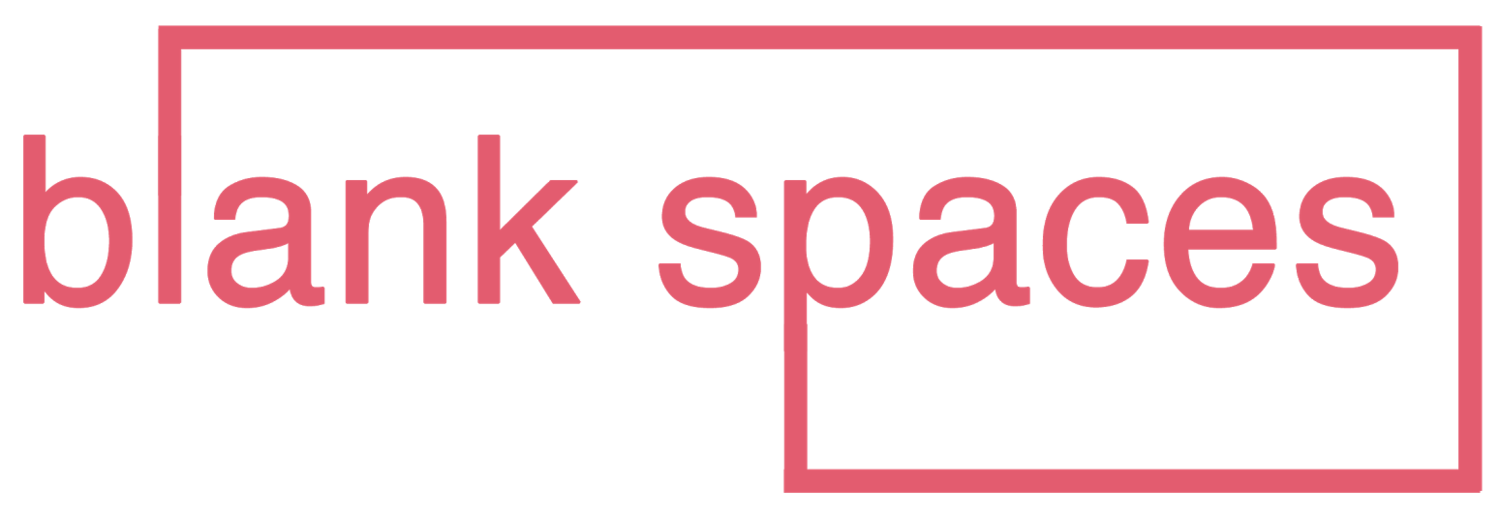Coffee Chat with Ann-Marie Brown
photography by Krista Ockenden
Pour yourself a nice steaming cup and settle in to get to know Ann-Marie Brown a little better.
Tell us a bit about yourself.
I am located on the edge of the Salish Sea, working out of a studio I built on the edge of the property. Every morning I take my coffee down a brick path and open the door to the silence & possibility.
“Painting in a garden in a time of shifting ecologies is a celebration of resilience shadowed by knowledge.”
How do you take your coffee? Milky.
What Blank Spaces issue were you first published in? December 2018 - Volume 3, Issue 2.
What are you reading right now? What is it about and what keeps you coming back to the pages? The Message by Ta-Nehisi Coates. It contains essays in which he engages with the world as he moves through it with an open heart and curious mind. I keep coming back to the pages (reading it very slowly) because of his sensitivity.
When did you know you first wanted to paint? In Europe I was attending seminary—crisis of faith lead to a journey hitchhiking through the middle east, soul searching and talking with people from other belief systems. That eventually brought me back to Canada to attend university. Once there I took an elective course in painting and found a vehicle for working through ideas that didn’t require words.
What role has Blank Spaces played in your creative journey? Blank Spaces was able to disseminate my work to a wider audience. I'm grateful for this.
Describe how you see the landscape of Canadian publishing. I see it as struggling and yet more important than ever.
Why is Canadian content important? It allows us to be in conversation with each other.
Where has your creative journey taken you since being published in Blank Spaces? I have produced several bodies of work since then. One in particular, during the insular time of Covid, stands out. My family planted a forest garden in coastal B.C. The trees grow hazelnuts, walnuts, cherries, apples, pears, figs, plums, apricots, and sea buckthorn. There are blueberry, raspberry, goji and gooseberry along with grapes, and wildflowers on a lawn of clover.
Climate change has been a challenge with freak weather and unseasonal temperatures—the drought, the floods, and fires that choke the sky with smoke. I've been painting the fruits that do grow. Portraits of apples and plums, with as much attention paid to their individuality as I pay to my figure works.
Painting in a garden in a time of shifting ecologies is a celebration of resilience shadowed by knowledge. When Dutch painters in the 17th century painted fruit, they were in contemplation of the transience of human life, firm in the conviction that the eternal seasons would continue to unfold even as the eyes looking at the painting would turn to dust. To paint fruit now is to think about the ephemeral nature of all things, including the ecosystem. There is a qualitative difference in the sadnesses beneath the lustrous surfaces of historical and contemporary fruit paintings, with the later propelling one towards an immediate engagement with the luminous life force shimmering in the present moment.
What does your creative process look like? observation/output.
How do you invest in your creative goals? Setting aside a sacrosanct time for the creative process.
What is the first book that made you cry? The Secret Garden.
What do you tell yourself every time it gets hard and you want to quit? I think one of the functions of art is that it makes people feel less alone. Our grief and joy can feel completely unique to us, but when we see a work of art that resonates we know that we are not alone in our human experience. I hope that people can look at my work and feel in some way understood. And when I want to quit, I remind myself that the work (not my work-the work) is important.
Do you have any rituals that help the work flow? Coffee & cigarettes.
Who do you think makes a better creative: an empath or a pragmatist? An empath for content, a pragmatist for getting it done.
What advice do you have for creatives struggling to break into the industry? To quote Bruce Cockburn: "Kick at the darkness till it bleeds daylight."
What are you currently working on? I'm working on a series titled “Returning the Gaze.” I’ve been told by commercial gallerists that people don’t want to collect nudes where the figure is looking at them. It’s more than 100 years after Manet’s Olympia scandalized Paris by looking back at the viewer, and yet.
Trying to puzzle out how to put the gaze back in the painting I settled on including a woman’s familiar in each one. In European folklore a familiar was a small animal given to a witch by another witch to assist them on their spiritual journey and provide protection. In this case I am that other witch.
The familiars disrupt the idea of the classic nude and, because the story of art is a conversation across time, plant the paintings firmly in the Contemporary Art Camp. One of the basic tenets of Contemporary Art is that it challenges the viewer to think about the subject matter in a way that’s relevant in a contemporary context. These works open up a conversation about nude paintings as a genre, the gaze and the artist’s responsibility to the model.
What should we be watching for from you? My next exhibition.
“In European folklore a familiar was a small animal given to a witch by another witch to assist them on their spiritual journey and provide protection. In this case I am that other witch.”










